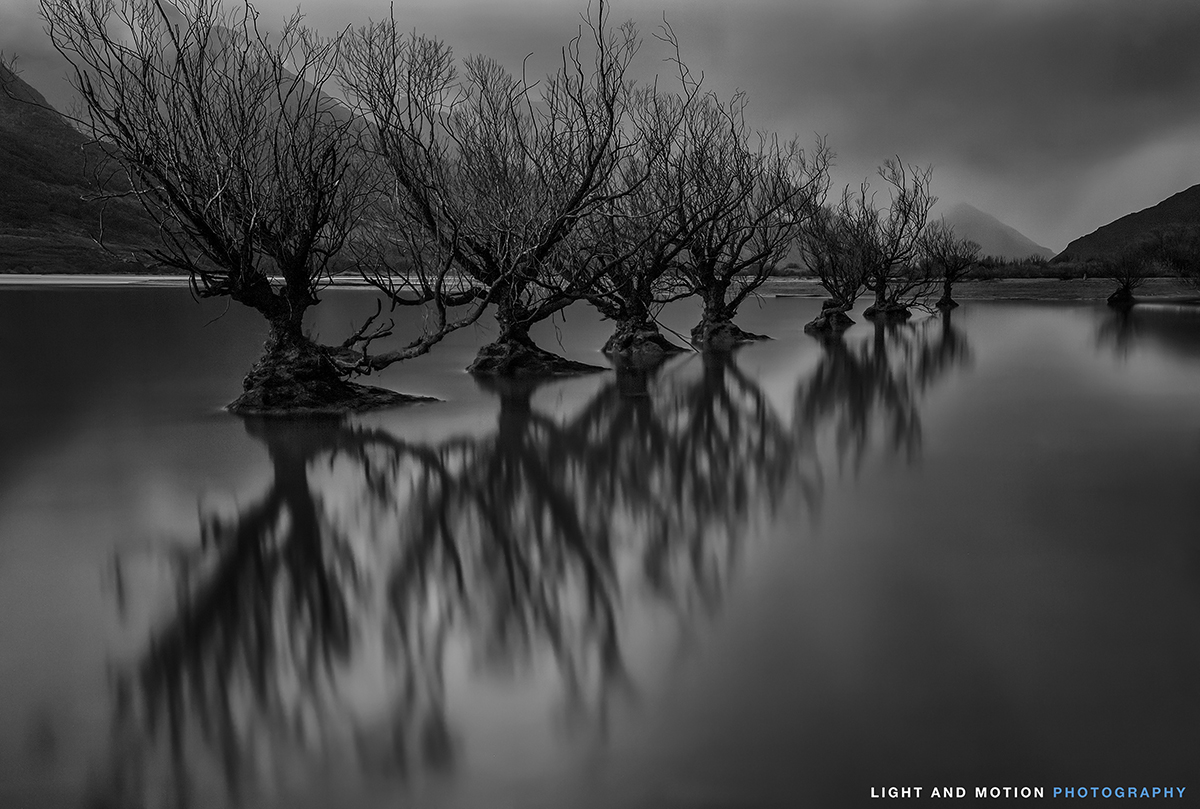Night Photography and New Zealand
14/06/2014
Our recent photographic tour to New Zealand was the fifth time we have visited in the past 6 years. We have been past visitors to the North Island, as well as experiencing the joys of tramping in the South Island on the Milford track. However, Andy and I were introduced to the magic of the landscapes on the South Island by Kah Kit Yoong and Winnie Ho in 2011. We immediately fell in love with the Alpine vistas, ice lakes, glaciers and rugged seascapes.
We have taken groups of friends to share New Zealand’s natural beauty in subsequent years, and 2014 was no different. However, whereas previously we had timed our shoots around sunrise and sunset, this year we focused on night photography, and in particular utilizing the stars in our compositions.
Understanding the principles and techniques of night photography are important, but rather than reinvent the wheel, may I suggest to anyone interested to purchase and read Alister Benn’s brilliant ebook “Seeing the Unseen”. It has everything you need to understand photographing landscapes at night.
“Seeing the Unseen”
New Zealand is a wonderful location for night images, with its clear southern skies and paucity of population away from regional centres.
We used a variety of techniques:
1. Long exposures during Blue Hour



2. Star Trails after the moon had set utilizing single long exposures

3. Images of the Milky Way with sharp stars utilizing the “Rule of 500” and high ISO


4. Star trails with a near full moon utilizing shorter stacked exposures


Understanding the different techniques and when to apply them is important in realizing your creative vision irrespective of the environmental conditions you are challenged with.